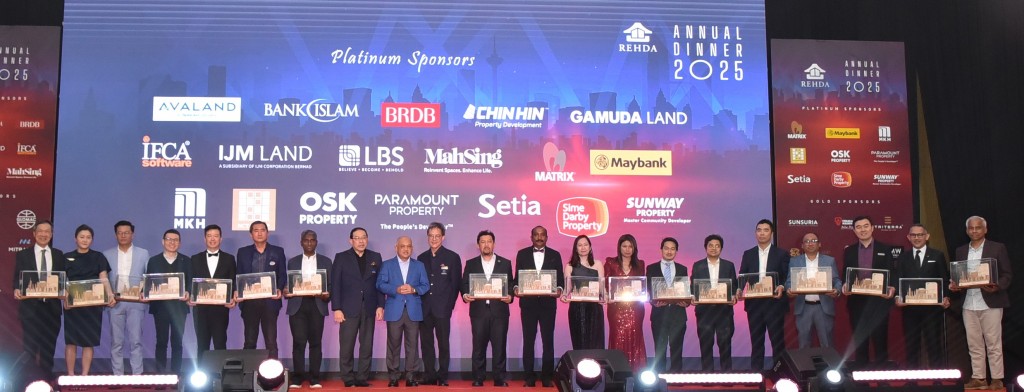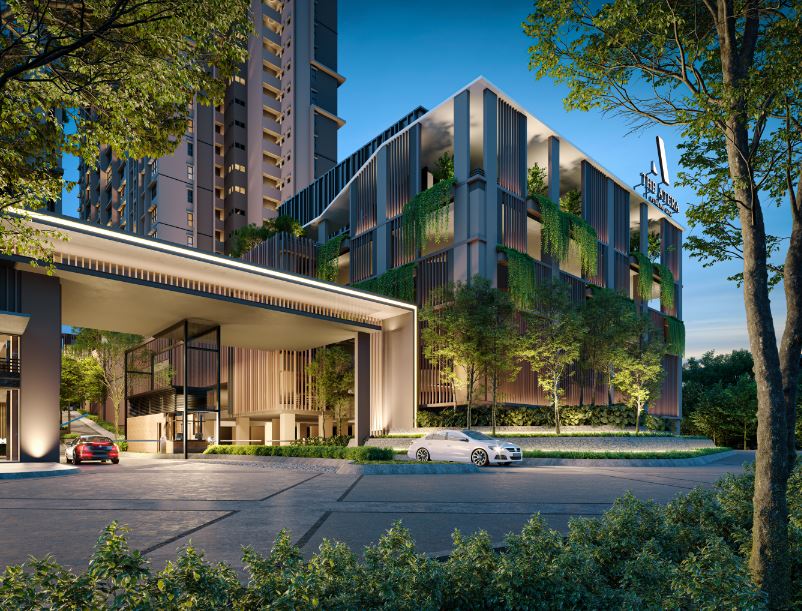Contributed by Mary Lau
heartofproperty@gmail.com
Before you read on, please refer to the first part of this article (https://www.starproperty.my/news/116723/don-t-skip-the-details-of-your-strata-development-before-making-a-purchase-part-1) for better clarity.
Single title vs multiple titles to a component
An integral component such as a shopping arcade can have strata titles to the individual retail lots instead of one title for the entire component, as in the case of a mixed project. In another mixed project, all the retail units with individual titles in the commercial block are under one ownership.
In the above two projects where I am involved as an owner, the common areas of the arcade and retail segment that are open to public come under common property, and the management funds pay the costs to maintain them.
Since the retail component thrives on the support of the public, it has to be opened to the public. The other component owners can also be shoppers, who use those areas but not out of need or necessity, and therefore may not agree to contribute towards the maintenance costs.
Where different rates of maintenance charges are used, one contention is that the costs to maintain the common areas in this portion should not be fully charged under the expenses of the common property. Additionally, retail owners should bear more, if not all, of the costs than the others.
But when the project gains vibrancy and the usage becomes greater, there would be more wear and tear to the major facilities and services leading to higher maintenance costs.
These costs if fully charged under common property can be a burden to the other owners. Meanwhile, component owners also need to contribute to the maintenance costs of their exclusive common property. From the SOP, one can tell whether these areas are under common property.
If they are within a parcel (for eg, one strata title to the entire shopping arcade), the parcel owner would be responsible for the maintenance costs of the facilities and services.

Common property vs limited common property
The SMA contains various sections on the subsidiary management corporation and the usage of different rates of maintenance charges after the MC is formed.
In the MC period, the other common property provided for under the Strata Titles Act (Amendment 2013) is the limited common property. It refers to common properties which are for the exclusive use and enjoyment of respective groups of owners but not all in the development (STA sec 17a (1)).
All other common areas not included in the limited common property are known as common property. Common property refers to the area that is not comprised in any parcel, accessory parcel or proposed parcel and provisional block and can be used by more than two or more parcel occupiers (SMA Sec 2). Parcels refer to units to be held under separate strata titles (SMA Sec 2).
The revised legislation provides that a licensed surveyor be engaged to describe and identify the boundaries or areas of the limited common property on a special plan for approval at an EGM and submission to Director of Land and Mines. This is part of the procedure to form the subsidiary management corporation (SMC) (STA Sec 17A).
Buyers can refer to the attachments of the SPA to have an idea of the facilities and areas that are exclusive to their components as those should be listed as in my SPA.
In the 5th schedule of Schedule H, under “Form of Service Charge Statement”, it is stated under note( iii) that charges are to be calculated as follows:
Total expenses divided by total number of proposed share units assigned by the developer’s licensed land surveyor to all parcels comprised in the housing development.
If different rates are eventually used, the formula will be based on one uniform rate of maintenance charge for common properties shared by all components and adding a specific rate for the limited common property of respective components.
Some owners have called on the management to apportion the maintenance costs of common property to make it fairer in cases where component owners hardly use a particular part or parts of the common property. In my mixed development, the escalators and lifts in the retail arcade are rarely used by others, but the costs to maintain them are fully charged under common property. This has been an area of dispute since the beginning.
Limited common property vs exclusive common property
Other ways to grant exclusive common property which are not in accordance with statutory provisions for creating limited common property would not be the same and could lead to potential abuses.
The identification of the boundaries and areas of limited common property needs to be done by a land surveyor (STA sec17A(2a)). And after the special plan is done, it is necessary to seek the consent of proprietors to approve this plan via a comprehensive resolution conducted under the SMA.
The approval requires at least two-thirds of the aggregate share units of the parcels of all proprietors who constitute the management corporation. This voting would be conducted over a period of 60 days after the general meeting and not just based on the number of voters present on the day of the AGM or EGM itself. If approval is given, the plan further needs to be submitted to the Director of Land and Mines for approval.
In our case, we were granted exclusive common property, via a resolution passed at the AGM. However, a land surveyor did not identify the areas of our exclusive common property. The voting was based on the number of members present at the AGM. There was no special plan for our exclusive common property and its terminology was created at the AGM.
We didn’t follow the statutory process laid out for the creation of limited common property. In our case, the combination of large share units voters (eg owners of a whole building and big components) outvoted those with smaller share units at the AGM and passed differential rates that were not satisfactory. This has caused grievances among owners.
A few vital factors have adversely affected our development. The SOP was not enforced yet during the time of sale. It would have given us more concrete information on the details of the share units and common properties. Furthermore, it was a commercial property, and the SPA wasn’t regulated. More caution was needed, and a legal opinion might have made a difference in our decision making.
____________________________________________________________________
Mary Lau is an ordinary citizen who has a passion for strata matters. She holds a BSc in Land Management from the University of Reading, UK (1991) and is a licensed valuer with the Board of Valuers, Appraisers, Estate Agents and Property Managers Malaysia. Her early career was mainly in valuation and feasibility studies. She handled numerous disputes for owners affected by compulsory acquisition and was appointed high court assessor in Sarawak for compensation cases. In 2007, she began her own work in real estate and other ventures. In her free time, she likes to write and share her experiences with others.
____________________________________________________________________
Disclaimer
This article is intended to convey general information only. It does not constitute advice for your specific needs. This article cannot disclose all of the risks and other factors necessary to evaluate a particular situation.
Any interested party should study each situation carefully. You should seek and obtain independent professional advice for your specific needs and situation.
Stay ahead of the crowd and enjoy fresh insights on real estate, property development, and lifestyle trends when you subscribe to our newsletter and follow us on social media.

















































